Top 10 Web Application Development Tools Every Developer Should Know

Web application development tools play a crucial role in the development process as they make the process more efficient and effective. In today's technology-driven world, every developer should be well-versed in the top web application development tools. These tools help developers in creating, testing, and maintaining web applications. By using these tools, developers can enhance their productivity and deliver high-quality web applications.
From IDEs (Integrated Development Environments) to code editors, version control systems to testing frameworks, there are various tools available that cater to different needs of web application development. Familiarizing oneself with the top 10 web application development tools not only helps developers stay up-to-date with the latest trends but also enables them to build innovative and user-friendly web applications.
What are the top 10 web application development tools every developer should know?
Web application development tools play a crucial role in the software development process. They simplify the tasks involved in designing, building, and testing web applications, saving time and effort for developers. Some of the top web application development tools that every developer should know include:
- Visual Studio Code:
Visual Studio Code is a highly popular and versatile code editor that offers a wide range of features for web application development. It supports various programming languages and has a vast collection of extensions that enhance its functionality.
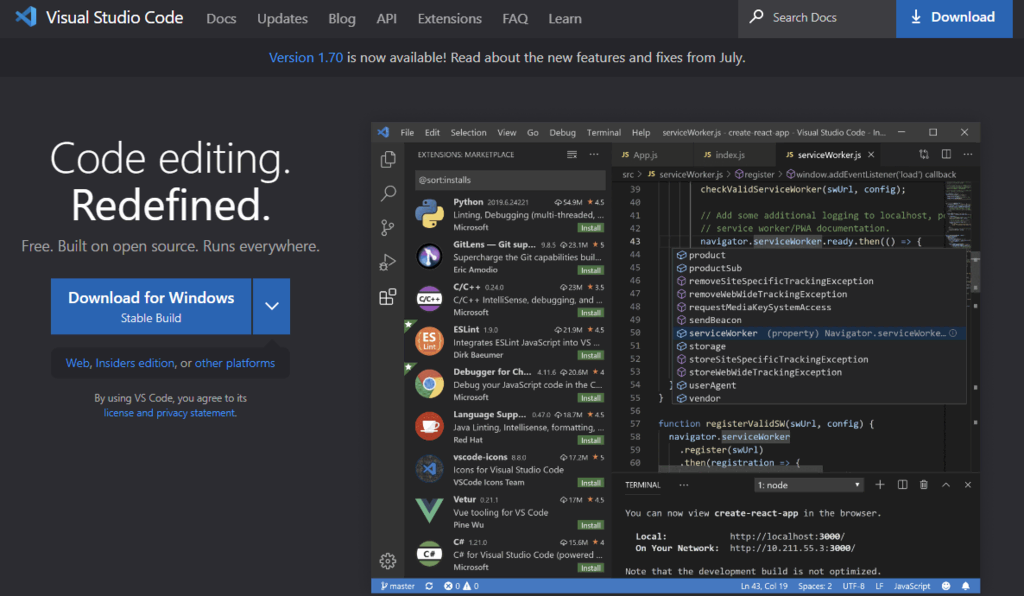
- Angular:
Angular is a powerful front-end framework for building complex web applications. It provides a structured and scalable approach to web development and offers a rich set of features and tools for creating dynamic and responsive user interfaces.

- React:
React is a widely used JavaScript library for building user interfaces. It allows developers to create reusable UI components and efficiently manage state changes in real-time. React is ideal for building interactive and high-performing web applications.
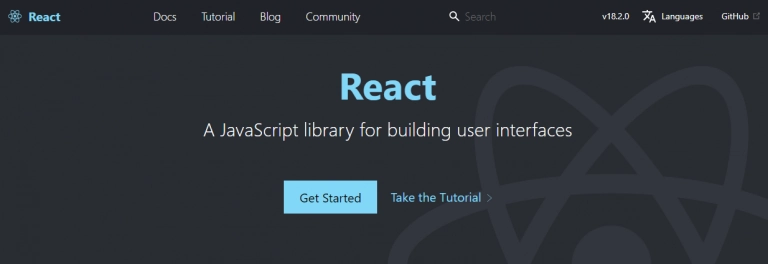
- Node.js: Node.js is a JavaScript runtime environment that allows developers to build scalable and efficient server-side web applications. It provides a non-blocking, event-driven architecture that enables handling a large number of concurrent connections.
- Express.js: Express.js is a minimalist web application framework for Node.js. It simplifies the process of building web applications by providing a robust set of features and middleware that handle routing, request handling, and other common web development tasks.
- MongoDB: MongoDB is a popular NoSQL database that offers high scalability, flexibility, and performance for web applications. It stores data in a flexible, JSON-like format and allows developers to work with data in a more intuitive and dynamic way.
- Git:
Git is a powerful version control system that helps developers manage code changes efficiently and collaborate with other team members. It allows for branching, merging, and tracking changes, ensuring that the codebase remains organized and easily accessible.
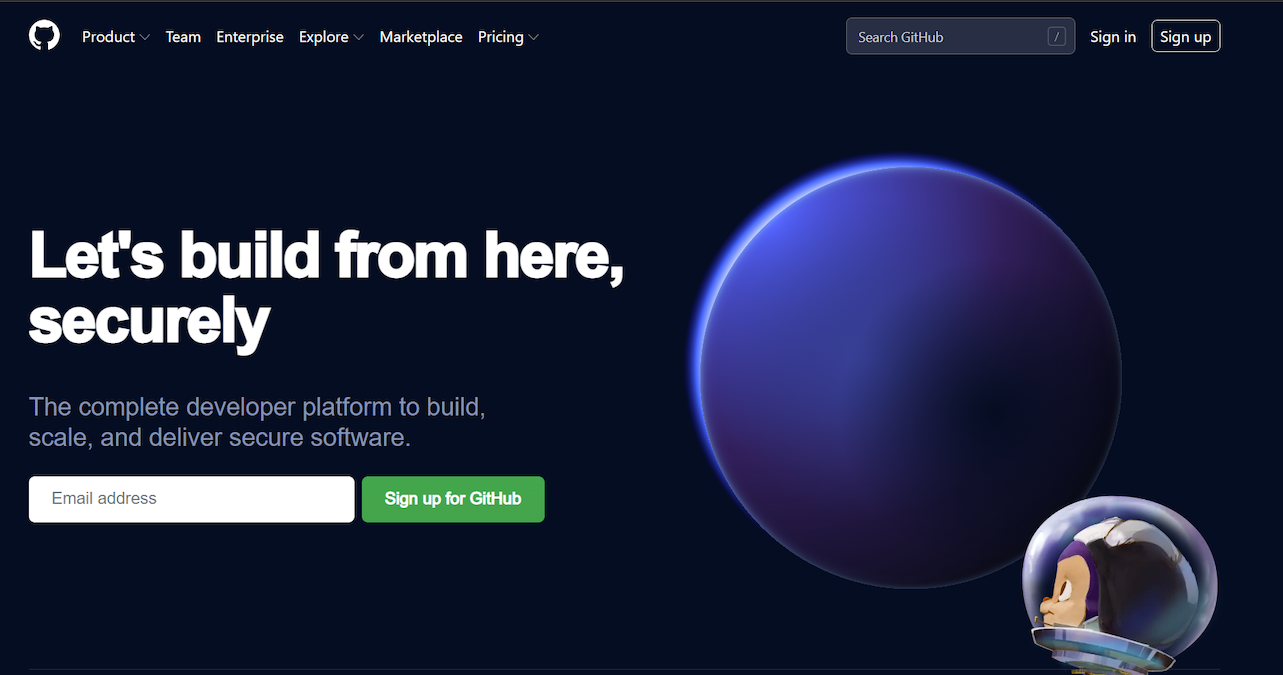
- Docker:
Docker is a platform that enables developers to build, deploy, and run applications in lightweight, isolated containers. It provides a consistent and reproducible environment, making it easier to manage dependencies and ensure portability across different systems.
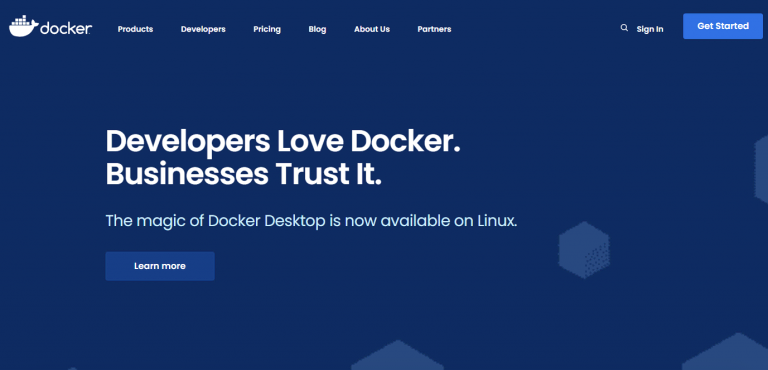
- Ruby on Rails:
A full-stack web development framework, it follows the Model-View-Controller (MVC) pattern and promotes convention over configuration.
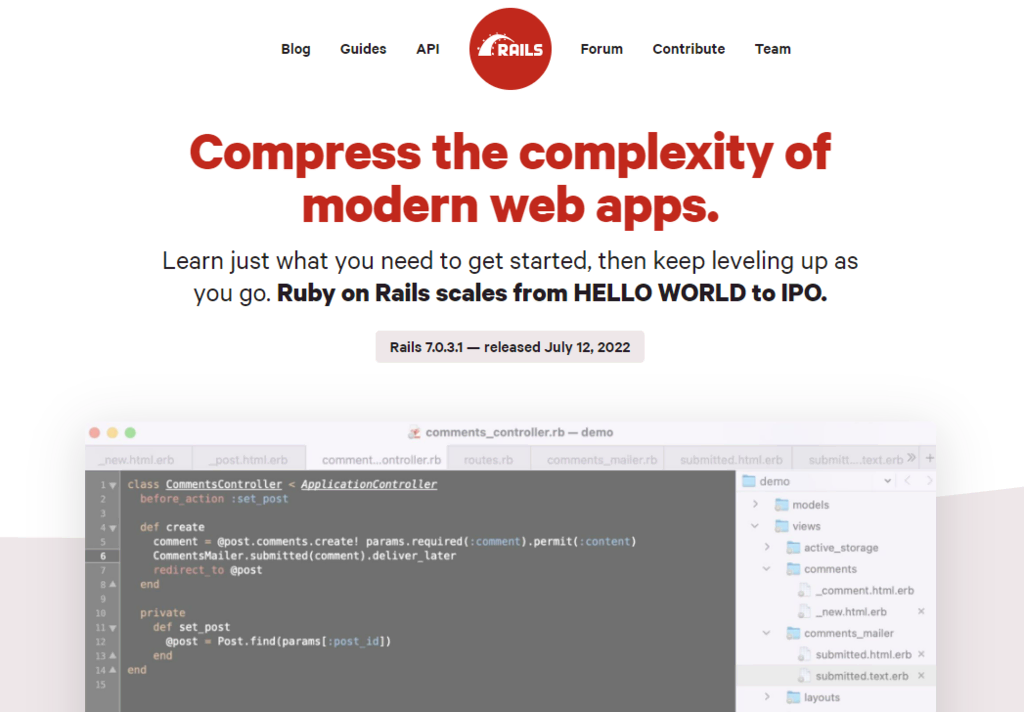
- GraphQL: GraphQL is a query language and runtime for building APIs that enable clients to request specific data they need. It provides a more efficient alternative to REST APIs by allowing clients to specify the exact data requirements and avoiding over-fetching or under-fetching of data.
Each of these tools offers unique features and functionalities, catering to different development needs and preferences. Being familiar with these tools enables developers to streamline their workflow and deliver high-quality web applications efficiently.
What criteria should developers consider when choosing web application development tools?
When choosing web application development tools, developers should consider several criteria, including:
- Compatibility:
Developers should ensure that the tools they choose are compatible with the technologies and frameworks they plan to use in their web application development. This includes considering the programming languages, databases, operating systems, and web servers that the tools support.
- Functionality:
The tools should provide the necessary functionality to meet the specific requirements and goals of the web application. This includes features for designing, coding, debugging, and testing the application, as well as tools for version control, project management, and collaboration.
- Scalability:
Developers should consider the scalability of the selected tools to ensure they can handle the future growth and demands of the web application. This includes the ability to handle increasing traffic, support for distributed systems or cloud computing, and scalability options for databases and server infrastructure.
- Performance:
The performance of the tools is crucial to ensure efficient and optimized web application development. This includes considering factors like speed, responsiveness, memory usage, and resource utilization of the tools.
- Community and support:
It is important to consider the size and activity of the developer community surrounding the tools. This ensures access to resources, documentation, tutorials, forums, and troubleshooting assistance. Additionally, developers should check for the availability of regular updates, bug fixes, and technical support from the tool's creators.
- Cost:
Developers should consider the cost of the tools, including any licensing fees, subscriptions, or additional expenses for required hardware or infrastructure. Open-source tools may be a cost-effective option, but developers should evaluate any limitations or potential hidden costs.
- Security:
The tools chosen should have built-in security features and should comply with industry standards and best practices. Considerations should include the protection of user data, encryption, vulnerability assessment, and adherence to relevant security standards.
- Flexibility and Integration:
Developers should consider how well the chosen tools integrate with other systems, libraries, or frameworks in their technology stack. The tools should provide flexibility in terms of customization, extension, and integration with third-party tools and APIs.
By carefully considering these criteria, developers can choose the most suitable web application development tools that align with their project requirements and long-term goals.
Are these web application development tools suitable for all types of projects?
Not all web application development tools are suitable for all types of projects. The suitability of a tool depends on various factors such as the project requirements, complexity, scalability, and the specific needs of the project. Different tools have different features, capabilities, and compatibility with certain programming languages or frameworks.
For example, if a project requires a highly interactive and visually appealing user interface, a front-end development tool like React or Angular may be more suitable. Similarly, if a project involves a large amount of data processing and manipulation, a back-end development tool like Node.js or Django may be more appropriate.
Additionally, the size of the project team, their expertise, and familiarity with a particular tool also play a role in determining its suitability for a project. Some tools may be more novice-friendly and easier to learn, while others may be more powerful and scalable but require more advanced knowledge.
Ultimately, it is important to evaluate the specific requirements and constraints of a project before selecting a web application development tool to ensure it is the most suitable choice for that particular project.
The Cost of Developing a Web or Mobile App: Working with a Development Company
Developing a web or mobile app can be a costly endeavor, especially if you decide to work with a development company. While there are alternatives such as hiring freelancers or building an in-house team, partnering with a development company offers several advantages.
Firstly, a development company typically has a team of experienced professionals who specialize in different areas, such as design, coding, and testing. This ensures that your app is developed to the highest standards and is free from any major bugs or issues. Additionally, working with a development company provides you with access to their expertise and industry knowledge, allowing you to leverage their experience to create a successful app.
However, it's important to consider the cost implications of hiring a development company, as their services can be quite expensive. It's essential to carefully evaluate your budget and project requirements before making a decision.
Conclusion
In conclusion, knowing and utilizing the top 10 web application development tools is crucial for every developer. These tools not only simplify the development process but also enhance the functionality and user experience of web applications.
By using these tools, developers can save time, increase productivity, and create high-quality applications that meet the demands of the modern digital world. From frameworks and libraries to IDEs and code editors, these web development tools provide essential features and resources that enable developers to build innovative and successful web applications.